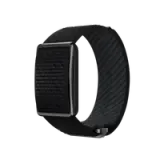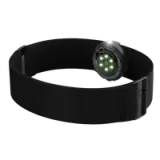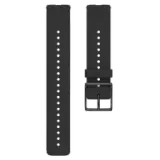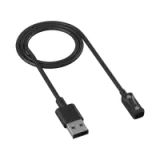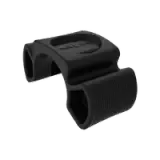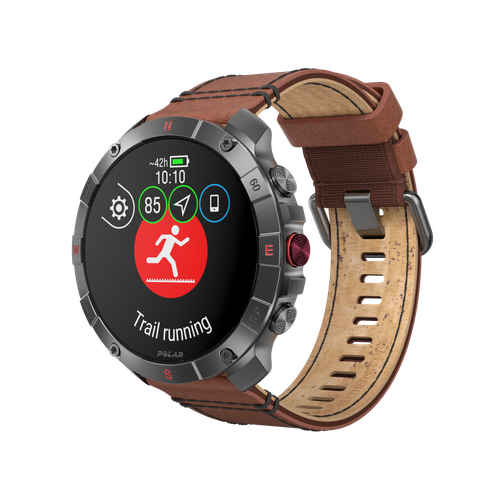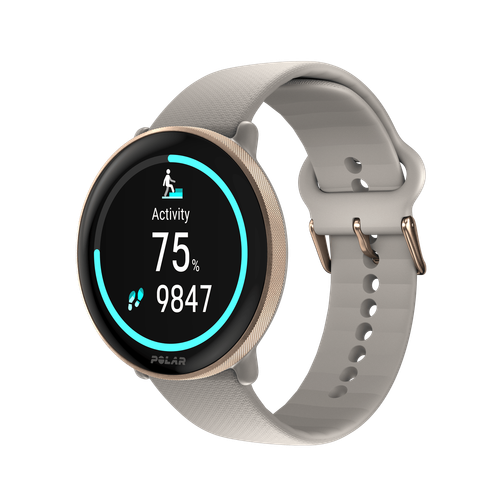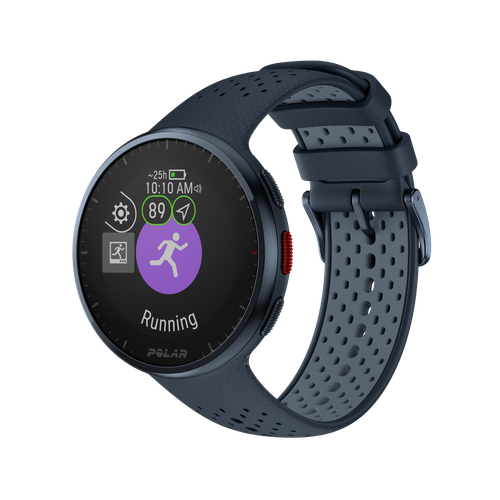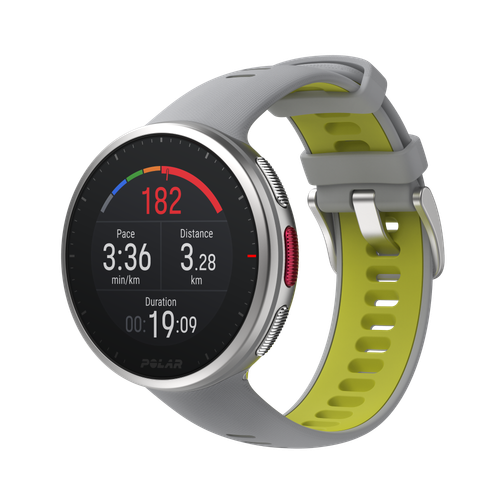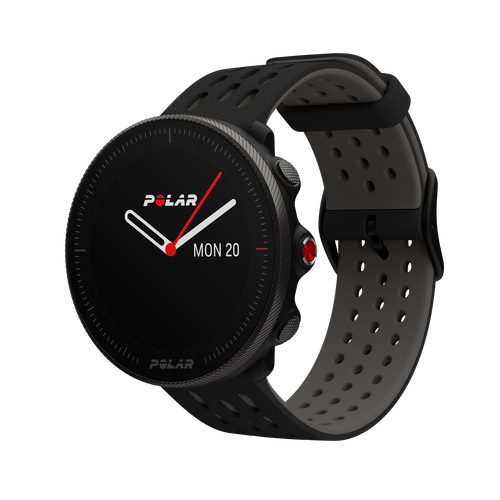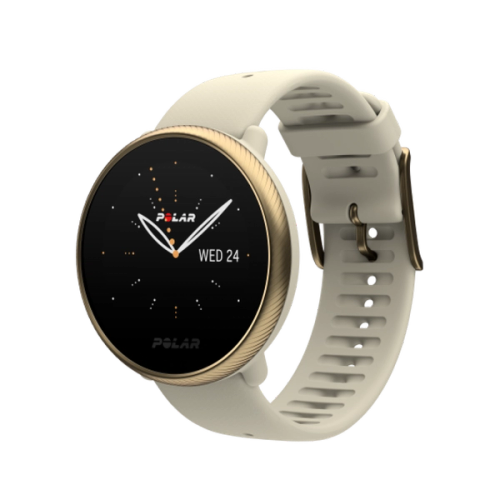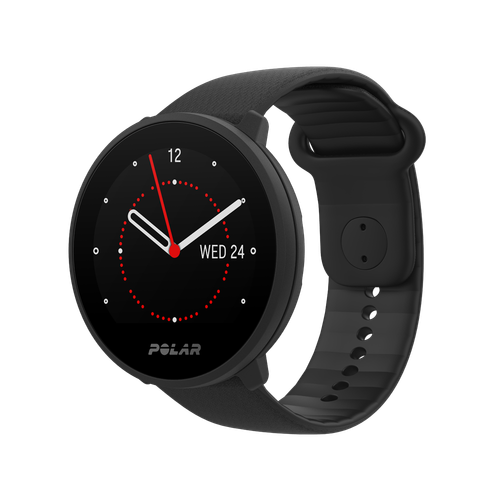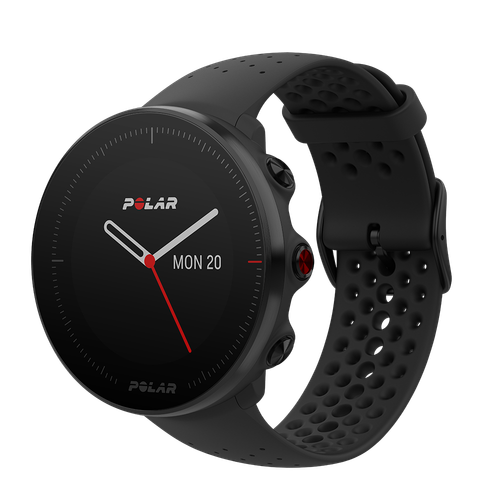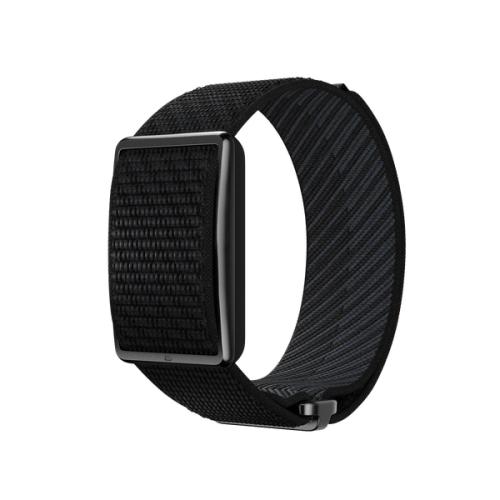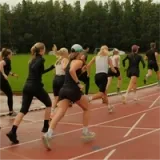So, you've decided to join the ranks of the spandex-clad, sweat-soaked group cycle enthusiasts? Welcome to the club! But before you saddle up and hit the road, let's talk about the unwritten dos and don'ts when cycling with a group.
The main thing to remember is group cycling is like joining the Musketeers: all for one and one for all. In a group, everyone's got each other's backs. It's like a synchronized swimming routine – but with more tires and potentially less glitter (but hey, we're not judging any sparkly cycling clubs out there).
The main thing to remember is group cycling is like joining the Musketeers: all for one and one for all.
So, why ride in a group? Well, for starters, it's safer. There's strength in numbers. Plus, it's more sociable. You get to meet new people and make friends who share your love of cycling. And let's not forget the energy-saving benefits. When you ride in a group, you can draft off each other (more on this below), which means less effort for everyone.
But with great power comes great responsibility. Or, in this case, significant risk. Riding in a group can be dangerous if you're not careful. It's easy to get caught in someone's wheel or miss an obstacle. That's why following these guidelines and being aware of your surroundings is important.
So, are you ready to hit the road and join a cycling gang? Just remember, safety first, and most importantly, have fun!
Did you miss the first issue of Polar Journal? Embark on an epic journey through our handpicked collection of ultrarunning articles.
Go to Polar Journal #1
Basic dos and donts
Okay, let's discuss the main dos and don'ts when riding with others. Let's face it, even the best of us make mistakes, but if you're mindful of these things, you're less likely to become "that guy" in the group. Because no one wants to be "that guy," no matter what gender you are.
The super essential things you should do:
- First things first, relax. Feeling a little out of place is okay if you're new to the group. Think of it like your first day at a new school. Everyone's been there, trust us. And remember, the only thing worse than falling off your bike is falling off your bike because you're a newbie who was too afraid to say so.
- Next up, ask. Don't be afraid to let your fellow riders know you're a newbie. They've all been there, done that, and probably still have the scars (or at least the embarrassing stories) to prove it. And if you're unsure about something, turn to the rider next to you and question what it's all about. It's way better to ask than to accidentally do something that makes everyone cringe.
- Now, let's talk about communication. Group riding is all about teamwork, and good communication is the key to a successful ride. Think of it like playing a game of telephone, but instead of whispers, you're using hand signals and verbal calls. And if you need clarification on a signal, guess what? That's right, ask.
- Remember, when riding in a group, it's essential to look ahead. Don't just stare at the wheel (or the butt) in front of you. You want to be able to anticipate what's coming up, like potholes, sharp turns, or that particularly annoying driver who can't be anywhere near a cyclist without honking their horn.
- And finally, let's talk about etiquette. Keep your mudguards on, especially in the winter. Your fellow riders will thank you. And please, for everyone's sake, take off your tri-bars. They're great for solo time trials but can be a hazard in a group (mainly because they make hand signaling more difficult).
- Oh, and one last thing: if you need to blow your nose, spit something out, or clear anything out of your body mid-cycle, do it when you're at the back of the group. And if you absolutely must do it around other people, aim down, not out. Be assured that nobody wants to be the recipient of a surprise snot rocket. You will be called many, many rude names if you do.
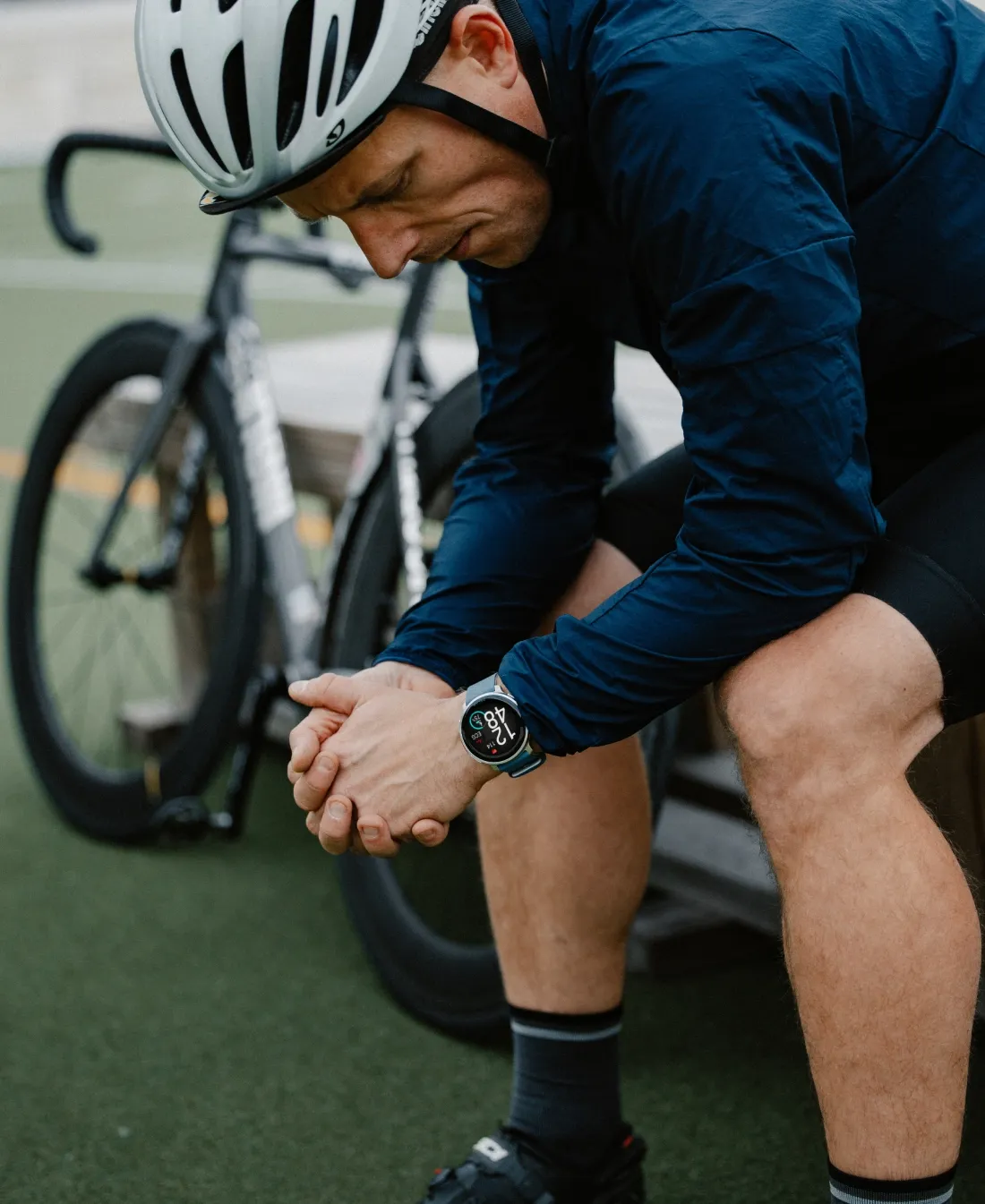
Whatever happens, don't do these things:
- First things first, don't overlap. It's like playing bumper cars but with bikes, and it's not fun. Leave a little space between you and the rider in front, and whatever happens, don't overlap your front wheel with their rear wheel. It's a recipe for disaster.
- Next up, don't brake too much. Freewheeling is your friend. And if you need to slow down, sit up a bit or use light braking. Remember, looking ahead is key here. You want to anticipate what's coming up so you can adjust your speed accordingly.
- And please, don't half-wheel. If you're at the front of the group, try not to constantly pull away from the rider next to you (by being at least half a wheel ahead). It's considered bad form, and it can make the ride more difficult for everyone else.
- Also, don't kick back your rear wheel. This is a rookie mistake that can lead to a nasty chain reaction. Imagine you're riding behind someone who's standing and pedaling hard. If their rear wheel swings out, it could hit your wheel and send you flying.
- Finally, don't surge or slow. When you're at the front, try to maintain a consistent pace. Don't suddenly speed up or slow down without warning. It's like driving a car without using your turn signals.
- And most importantly, don't run stop signs or red lights. This is a no-brainer, but it's worth mentioning anyway. No matter what you choose to do when cycling solo, this is a major faux pas on a group ride (along with being illegal and dangerous, duh).
undefined
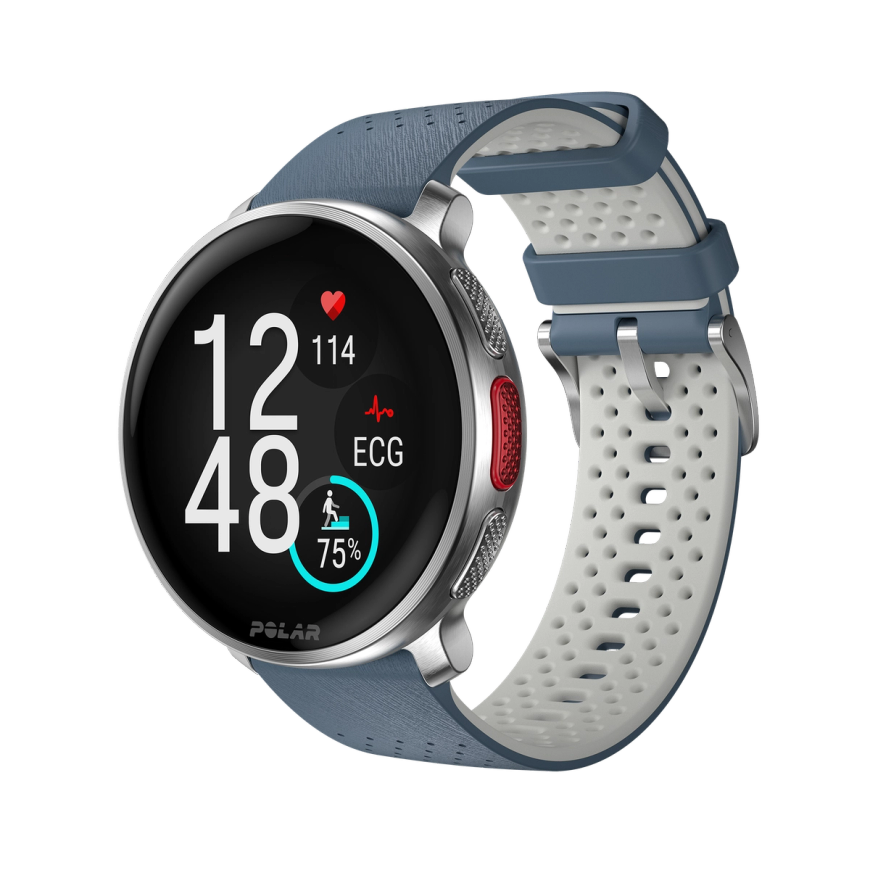
Polar Vantage V3
Premium Multisport Watch
An ensemble of biosensing instruments, AMOLED display, dual-frequency GPS, maps, and the most comprehensive suite of training and recovery tools on the market. The stage is set, and the Polar Vantage V3 smart sports watch is ready to put in the performance of a lifetime.
Cycling Group Ride Etiquette
Okay, now we've covered all the obvious stuff, let's look at some of the terms you'll hear thrown around on a group ride – and, more importantly, what they mean. You need to know them so that everything can run harmoniously. Think of them like the terms and conditions of a reality TV show: everyone has to agree to them, or you could all get kicked off the island.
Pacelines and drafting (aka the art of group riding)
Imagine a group of cyclists, all riding in a perfectly synchronized line, each rider drafting off the one in front. It's like a well-oiled machine, a ballet of bicycles. This is a paceline, one of the most efficient and enjoyable ways to ride in a group.
So, what do we mean by drafting? This formation is like riding behind a giant windbreaker. When you draft off another rider, you use their body to shield yourself from the wind. This saves up to 30% of your energy and makes the ride feel easier.
How do you form a paceline? It's simple. The first rider sets the pace, and the others line up behind them, about a wheel's length away. The key is to stay in the draft of the rider in front of you. As mentioned above, don't overlap your front wheel with their rear wheel, and don't try to pull ahead.
Pulling (aka leading the pack)
Pulling is basically taking the lead in a paceline. It's like being an orchestra conductor, but instead of instruments, you're leading a group of cyclists.
It's important for the big cycle egos out there to remember that you shouldn't be pulling for the whole ride. How long you should spend at the front depends on the group size. A good rule of thumb is to pull for 5-10 minutes before rotating to the back.
What if you get tired? Don't be afraid to signal, pull off and let someone else take over. There's no shame in doing a short pull if you run out of puff.
Peeling off (aka rotating in the pack)
In a similar sense to pulling, peeling off is basically leaving the front of the pack and moving to the back (i.e., rotating). It's like taking a break from dancing at a party and going to get a drink.
To peel off, all you need to do is use a hand signal to let the other riders know you're going to peel off. Then, gradually ease off the pace (without slamming on your brakes) and move to the side of the road to avoid blocking other riders. Then, take a few deep breaths and find someone else to draft behind.
Remember, peeling off is a normal part of group riding. Feel free to do it when you need to. The important thing is to do it safely and considerately.
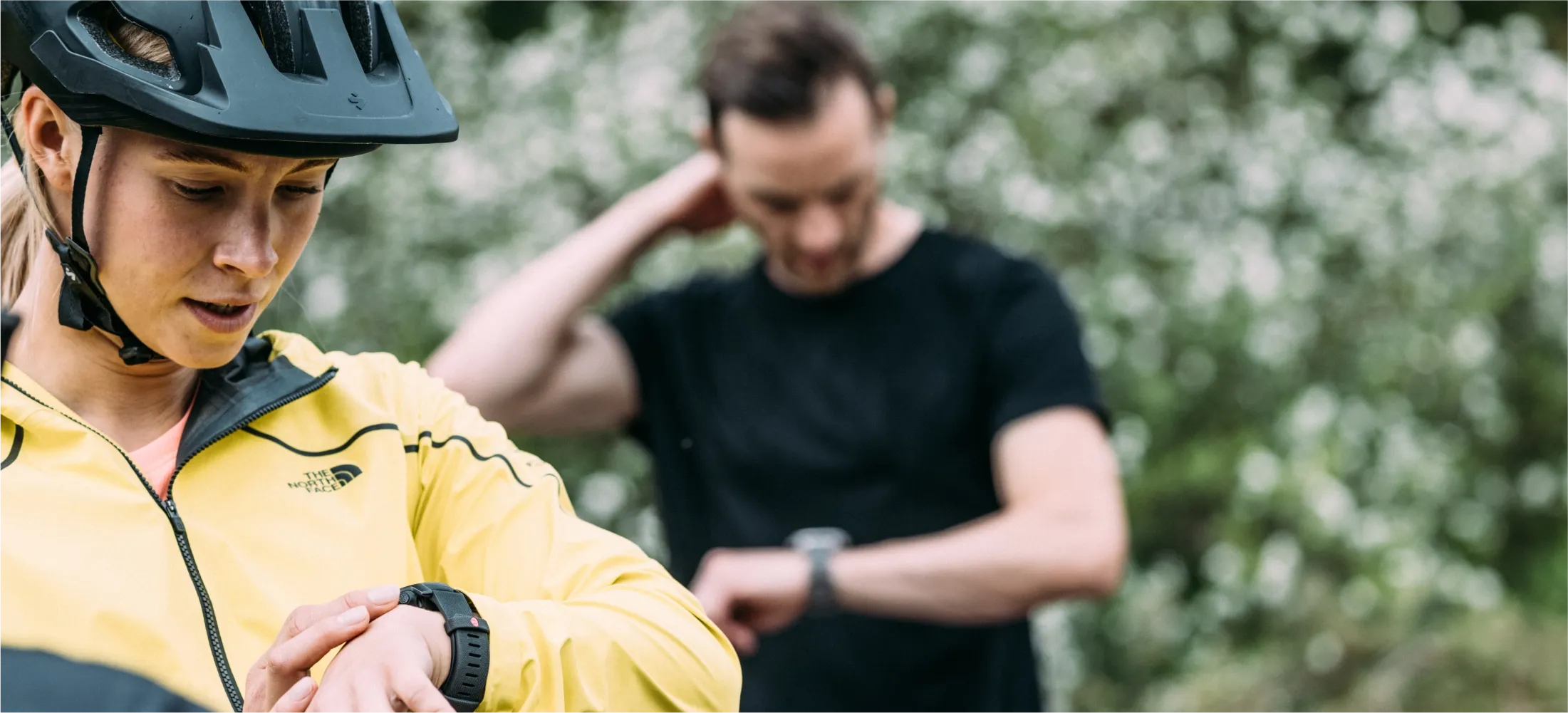
Cornering and descending (aka the thrill of the ride)
Cornering and descending are two of the most exciting aspects of cycling. However, these maneuvers can also be the most dangerous when riding in a group. So, let's talk about how to do them safely.
When cornering, the most important thing to remember if you're pulling is to ride on the inside of the corner, as this will give you more room to maneuver. For everyone else, just gradually reduce your speed. Don't brake hard, obviously. Just ease into it.
When descending, moving into a single file is the best approach as it helps you control your speed and avoid accidents. Don't speed off from the group, but instead, use your brakes to slow down if necessary.
Finding a Group Ride
So, you're ready to take your cycling to the next level and join a group ride. But how do you find one?
The simplest way is to ask at your local bike shop. They're usually the hub of the cycling community and can point you in the right direction. If they don't know of any local rides, they probably know someone who does.
Social media is another excellent resource. Check out the accounts and pages of local cycling clubs. They often have calendars of events and rides. You can also join email lists to stay in the loop.
If all else fails, why not start your own group ride? It's a great way to meet new people, set your own pace, and explore new routes. And who knows your group ride might become the next big thing in your town. Just make sure to include a coffee shop stop along the way.
Enjoying this article? Subscribe to Polar Journal and get notified when a new Polar Journal issue is out.
Subscribe
Explore more

Polar Grit X2 Pro Titan
Premium Outdoor Watch
Polar Grit X2 Pro Titan is a rough and rugged outdoor sports watch crafted for adventure with sapphire glass AMOLED display in titanium casing, and a hi-tech toolkit of navigation and performance features for exploring the wonders of the world, and the body.

Polar Vantage V3
Premium Multisport Watch
An ensemble of biosensing instruments, AMOLED display, dual-frequency GPS, maps, and the most comprehensive suite of training and recovery tools on the market. The stage is set, and the Polar Vantage V3 smart sports watch is ready to put in the performance of a lifetime.
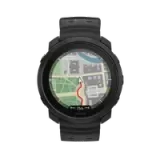 Polar Vantage M3
Polar Vantage M3
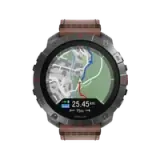 Polar Grit X2 Pro Titan
Polar Grit X2 Pro Titan
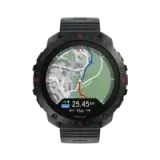 Polar Grit X2 Pro
Polar Grit X2 Pro
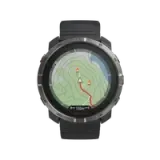 Polar Grit X2
New
Polar Grit X2
New
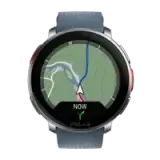 Polar Vantage V3
Polar Vantage V3
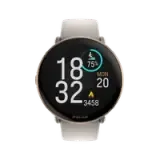 Polar Ignite 3
Polar Ignite 3
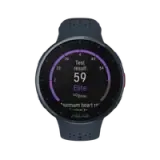 Polar Pacer Pro
Polar Pacer Pro
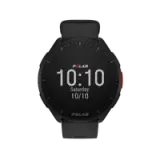 Polar Pacer
Polar Pacer
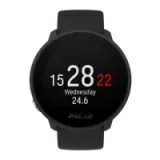 Polar Unite
Grit X Series
Vantage Series
Pacer Series
Ignite Series
Polar Unite
Grit X Series
Vantage Series
Pacer Series
Ignite Series
